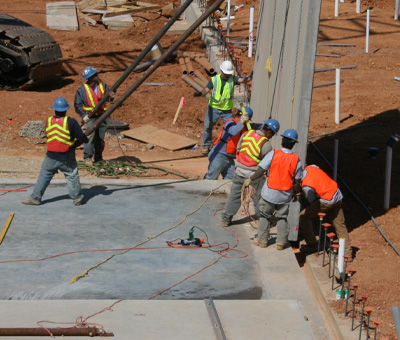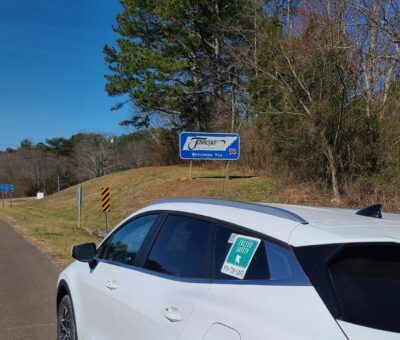Working at heights is a hazardous reality many in the construction industry face daily. Falls from heights continue to be one of the leading causes of fatalities and injuries in this field. Protecting workers from falls is of the utmost importance on a construction site and creating and implementing the right fall protection policy is the perfect place to start.
The current cost of an OSHA violation is $16,131 per hazard. Not only that, if the hazard isn’t corrected by the deadline determined by OSHA, you could face the same penalty every day until you’ve addressed the hazard.
Occupational Health and Safety Administration, OSHA Penalties, Jan 2024
Jobsites have innumerable hazards that have the potential to lead to falls. These include unprotected edges, surfaces that are unstable, ladders, inadequate scaffolding, and elevated platforms. Weather can also play a role in a possible fall. Inclement weather can lead to slippery surfaces and uneven terrain. A fall from any height can lead to debilitating disabilities, injuries, and even fatalities.
The Occupational Safety and Health Administration (OSHA) and other regulatory agencies have created fall protection standards and guidelines that are both stringent and all-encompassing. Complying with these standards for fall protection, in addition to employee training greatly reduces risk. Not only does this create a safer work environment by reducing injuries and fatalities, it will also ensure your company avoids costly penalties and citations. The current cost of an OSHA violation is $16,131 per hazard. Not only that, if the hazard isn’t corrected by the deadline determined by OSHA, you could face the same penalty every day until you’ve addressed the hazard. This does not include additional potential penalties faced by other agencies such as state regulators.
Fatalities caused by falls from elevation continue to be a leading cause of death for construction employees, accounting for 395 of the 1069 construction fatalities recorded in 2022 (BLS data). Those deaths were preventable.
Occupational Safety and Health Administration, National Safety Standdown to Prevent Falls in Construction, April 2024
Ensuring safety when working from heights starts with a thorough fall hazard assessment of the worksite. This will help to identify any hazards and implement the necessary controls to keep workers safe. You may find they need a guardrail system, personal fall arrest systems (PFAS), or safety nets. Training on the aforementioned tools is a critical piece to utilizing them effectively and safely. Additionally, training on ladder and scaffold safety will help employees utilize these tools in as safe a manner as possible.
Lastly, hiring knowledgeable and responsible supervision on a jobsite is crucial to create a culture of safety. If you don’t currently employ a dedicated safety professional, Exceed Safety’s Fractional Safety Team can help ensure you have a competent person onsite who can quickly identify and mitigate hazards.
Proactive planning, staying alert, and nurturing a company safety culture are all required when it comes to preventing falls. Identifying hazards, implementing proper controls, and ensuring that your team is robustly trained are invaluable when it comes to lessening the risk of falls. Fall prevention is an investment that saves lives, maintains families, and create a positive reputation for your business.
Interested in learning more about fall protection? Check out this playlist on scaffolding safety and this video on ladder inspections on workplace hazards on our YouTube channel!








